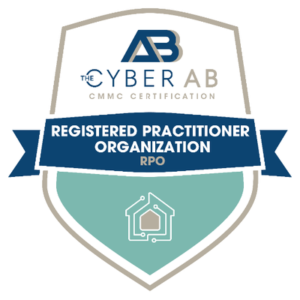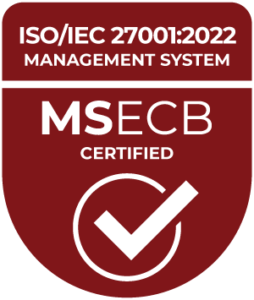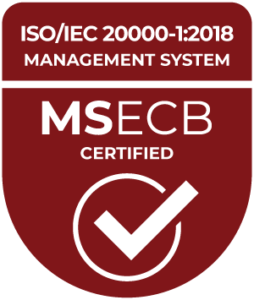Cybersecurity is a complex endeavor that requires a deep understanding of your organizational environment and its unique risk profile. You can’t just purchase and deploy a suite of security tools, then assume you’re protected. Cybersecurity programs should be designed using a risk-based approach, which can be implemented in four stages: identify, assess, protect and monitor.
Identify
Before you can develop an effective cyber defense, you need to know what you’re protecting. Maintaining an up-to-date asset inventory provides visibility into your attack surface. All hardware, software and data should be identified and tracked. An incomplete view of your assets can lead to potential blind spots in your defenses.
Critical assets, such as sensitive data or business-critical infrastructure components, should also be clearly designated.
Assess
After mapping your attack surface and identifying critical assets, you should perform a comprehensive risk assessment to identify vulnerabilities in your defensive posture. Use an established security standard, such as the NIST Cybersecurity Framework or ISO 27001, to measure your security program against. To ensure objective, accurate results, you should strongly consider contracting an independent cybersecurity partner to perform this assessment.
The results of this assessment will reveal the primary cyber risks to your organization, enabling you to prioritize their mitigation.
Protect
Now, it’s time to start implementing security controls to mitigate risk. These measures could include technical controls, such as deploying firewalls to reduce your attack surface or a SIEM solution to improve detection capabilities; process and policy controls, like configuration baseline reviews or acceptable use policies, or personnel controls, including security awareness training or bolstering your security team. It’s critical to thoroughly document controls in actionable security policies and procedures to ensure standardized implementation.
Monitor
The final stage is ongoing monitoring of your cybersecurity program and organizational environment. You should perform periodic risk assessments to track progress in implementing controls and to identify changes to your organization’s risk profile. The effectiveness of your security controls should be regularly evaluated using key performance indicators (KPIs) and testing mechanisms, such as penetration tests, phishing campaigns and incident response and contingency plan tests.
Additionally, a vulnerability management program should be implemented that includes regular scans of your environment and a mechanism for tracking vulnerabilities and remediating them within predefined time frames.
Lastly, your policies, procedures and other security documentation should be reviewed and updated on a defined cadence.
MBL Technologies has been helping organizations build effective, risk-based cybersecurity programs for the past 15 years. We can walk you through every stage of the implementation process with our comprehensive suite of cybersecurity services.




